Talk Overview
In his first lecture, Dr. Randy Schekman overviews the secretory pathway and reviews historical experiments that shaped our molecular understanding of this pathway. The journey begins at the endoplasmic reticulum (ER), where proteins that engage the secretory pathway get translated. The mRNA of these proteins codes for a signal sequence that serves as a “tag” to bring the complex of the mRNA, ribosome, and newly synthesized protein to the ER for continued translation and movement of the new secretory protein across the ER membrane into the interior or lumen of the organelle. Vesicles transport the recently translated proteins to the Golgi Apparatus, where they get “packaged” and sent to their final destination.
In his second lecture, Schekman explains how his laboratory used baker’s yeast to uncover major proteins involved in the secretory pathway, and describes proteins involved in budding, vesicle trafficking, and vesicle fusion. Schekman also presents data from his laboratory that helped to identify the ER channel through which proteins enter the secretory pathway. These series of experiments show how, step by step, scientific knowledge evolves, uncovering the fundamental mechanisms to better understand human disease.
In his third lecture, Schekman outlines exosome biogenesis. Exosomes are extracellular vesicles released by the cell, and in contrast to intracellular vesicles, exosomes contain small molecules of RNA. Schekman’s laboratory characterized the RNAs contained in exosomes and showed the importance of Ybx1 protein for the recruitment of certain miRNAs into exosomes.
Speaker Bio
Randy Schekman
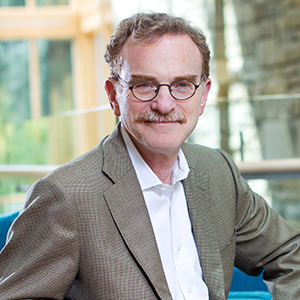
Professor, Molecular & Cellular Biology; HHMI Investigator
University of California, Berkeley Continue Reading
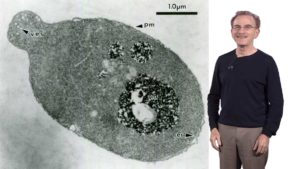
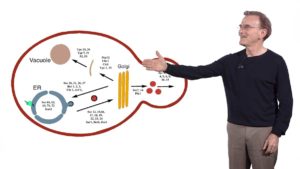
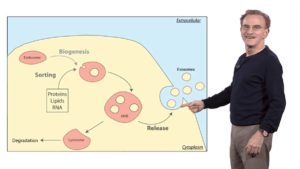
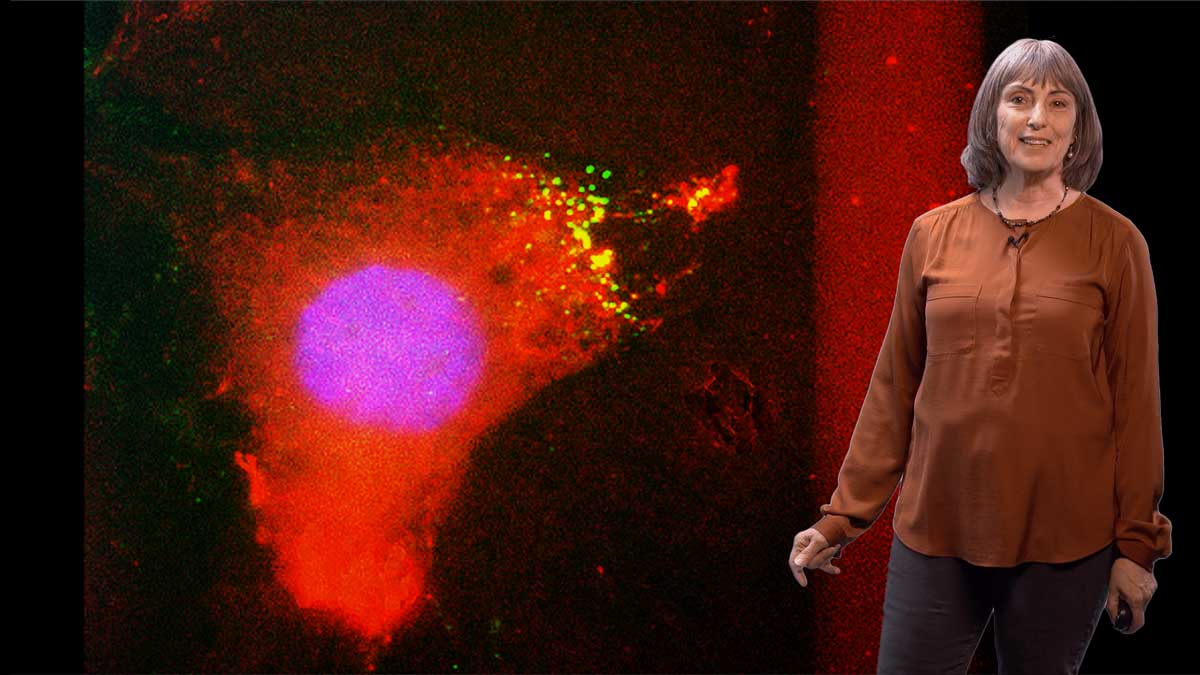
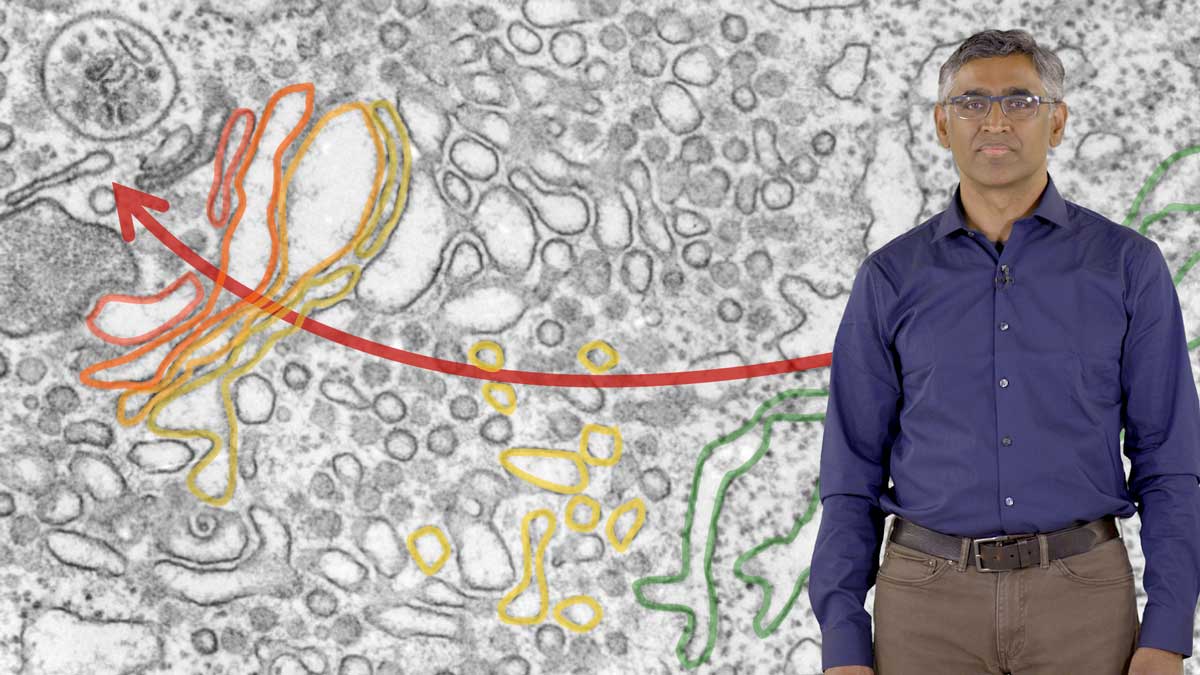
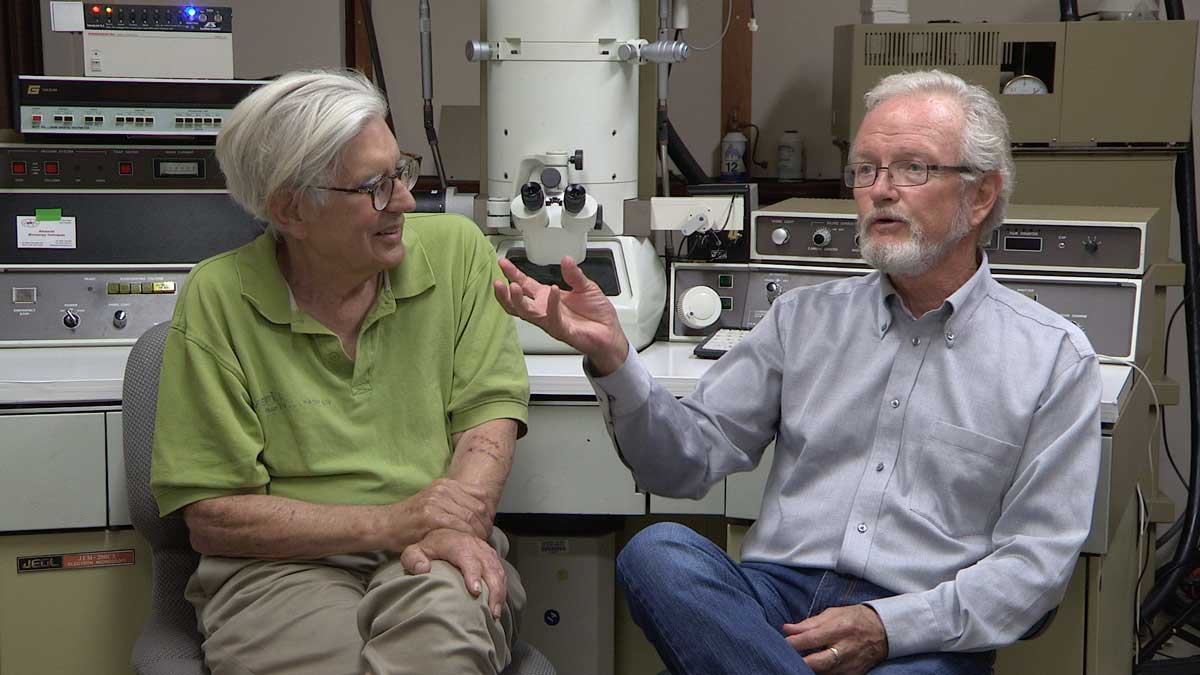
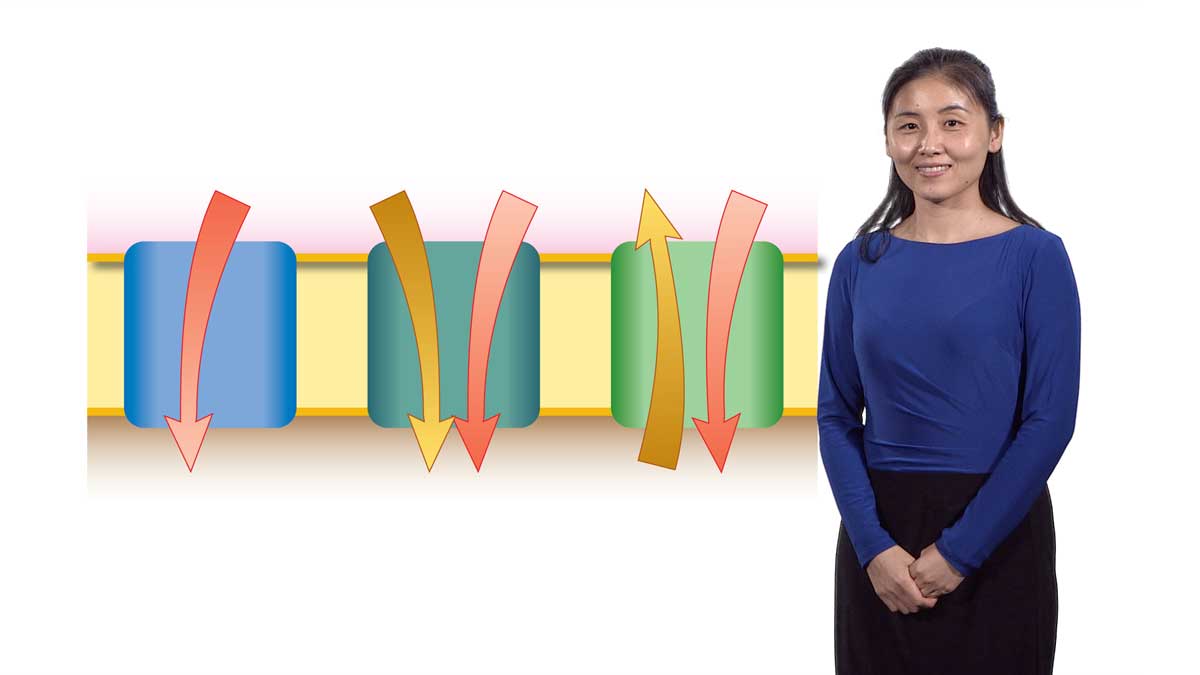





Aihua says
Cannot open the vidio
iBiology says
Are you trying play video online or download video on your computer? Youtube doesn’t work in China.
Olivier says
In even less time, professors covering the exact same topic would have already gone to another topic and talk about other aspects of cell biology. Unfortunately, as a consequence, we really never get to appreciate the step-by-step process of the scientific methodology that is described here by Dr. Schekman. It is sad to see that my three years as an undergraduate student hasn’t quite taught me this scientific approach, making me feel like I’ll never get to be a scientist. I truly hope that iBiology will live on and keep inspiring us students to religiously follow our passion in this truly vast landscape of biology. Thank you!
O'Connor Matthews says
Watching this as background for my cell bio class at the University of Utah – we’re reading the 1980 paper as well. Fantastic video that really helped cement some of the ideas in the paper!